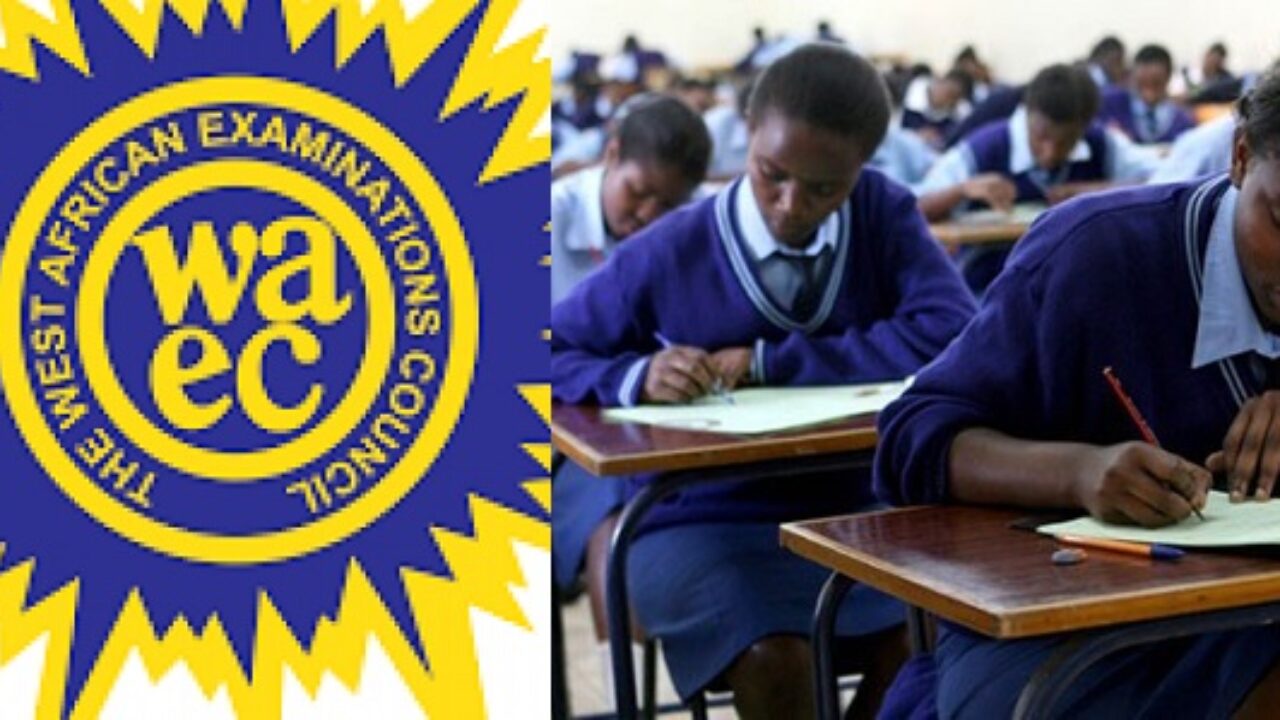THE embarrassing discrepancies between the initial and reviewed results of the 2025 WASSCE released by WAEC have exposed the sub-regional examination body’s limitations in adopting innovations for optimal examination outcomes. Therefore, WAEC must elevate its standards.
Following JAMB’s digital glitch in the 2025 UTME results months ago, another “glitch” confirms the fact that the country’s two examination bodies responsible for pupils’ School Certificate and tertiary admissions have yet to get examination administration right.
These avoidable errors raise serious questions about their capacity to handle innovations such as CBT, which they expect students to embrace. There is, therefore, a need for WAEC to demonstrate leadership in the effective application of technology to examinations for optimum results.
The initial results released by WAEC showed that 38.32 per cent of the 1,969,313 candidates who sat the examination obtained credits and above in five subjects, including English Language and Mathematics.
As students, parents, and other stakeholders expressed outrage at the results adjudged to be the worst in the past 10 years, WAEC announced the closure of its results portal, saying it sensed a technical glitch in the released results.
After the resolution of the glitch and the review of the results, the exam body released a new version that posted 62.96 per cent, or 1,239,884 candidates obtained five credits, including English and Mathematics, as against the initial 38.32 per cent. This reflects a substantial improvement of 24.64 percentage points from the initial figure.
Even with this improvement, the 62.96 per cent pass rate still falls short of the remarkable performance of the past four years (2021-2024), when pass rates consistently exceeded 70 per cent. It diminishes the steady upward trend observed over recent years.
Indeed, the improved results fall in the category of 52.97 per cent in 2016, 59.22 per cent in 2017, 48.15 per cent in 2018, 64.18 per cent in 2019, and 65.24 per cent in 2020. By this measure, the new result ranks third in the 2015-2020 inconsistent results profile.


